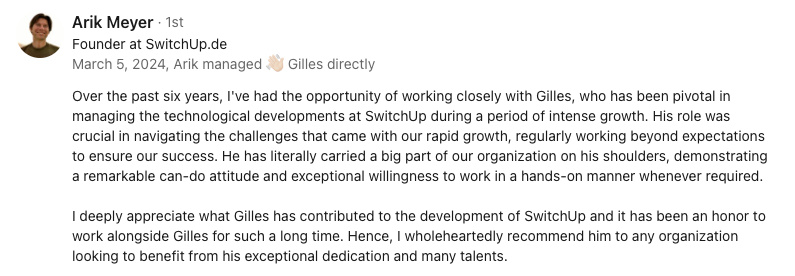Abstract:
Fog computing serves as an intermediary between cloud and edge devices by processing data closer to its source, reducing latency, enhancing data security, and easing network burden. Edge computing empowers real-time decision-making and reduces dependence on centralized infrastructure. Distributed computing encompasses fog and edge computing and enables simultaneous processing of vast data from diverse sources. Fog computing finds applications in smart cities, industrial automation, and autonomous vehicles by reducing latency, enhancing data security, and ensuring real-time responsiveness. IoT integration with fog, edge, and distributed computing requires sophisticated planning to prioritize interoperability, security, and scalability for creating efficient IoT ecosystems.
Fog, Edge, and Distributed Computing: A Technology Officer's Perspective on IoT Integration and ApplicationsFog Computing: A Crucial Link Between Cloud and Edge
Fog computing is a decentralized computing infrastructure that extends cloud computing to the edge of the network, acting as a vital intermediary between cloud and edge devices. By processing data closer to its source, fog computing reduces latency, enhances data security, and eases the burden on networks. This technology, orchestrated by Directors of Technologies and Engineering, significantly contributes to the Internet of Things (IoT) integration.
Edge Computing: Empowering Devices at the Edge
Edge computing, as the name implies, involves data processing at the edge of the network, near the source of data generation. This approach enhances real-time decision-making capabilities, minimizes data transmission costs, and reduces dependence on centralized infrastructure. With IoT devices proliferating, Directors of Engineering and Chief Technology Officers increasingly rely on edge computing for seamless and efficient integration.
Distributed Computing: A Holistic Approach
Distributed computing, an overarching concept, encompasses fog and edge computing as integral components of a larger, interconnected ecosystem. Highly scalable, fault-tolerant, and efficient, distributed computing enables the simultaneous processing of vast quantities of data originating from diverse sources. The IoT, with its myriad devices and sensors, benefits significantly from distributed computing methodologies.
Fog Computing Applications: From Smart Cities to Autonomous Vehicles
Fog computing has myriad real-world applications, particularly in smart cities, industrial automation, and autonomous vehicles. By reducing latency, enhancing data security, and ensuring real-time responsiveness, fog computing plays a pivotal role in interconnecting devices, sensors, and machines, ultimately improving the quality of life in urban environments. Directors of Engineering, Technologies, and CTOs leverage fog computing to manage and analyze data, ensuring seamless integration and efficient operations.
IoT Integration: The Nexus of Fog, Edge, and Distributed Computing
Integrating IoT devices with fog, edge, and distributed computing infrastructures requires sophisticated planning, design, and execution. Directors of Engineering, Technologies, and CTOs must prioritize interoperability, security, and scalability while seamlessly integrating diverse devices and systems. By harnessing the power of fog, edge, and distributed computing, these technology leaders can create resilient, adaptive, and efficient IoT ecosystems.
You might be interested by these articles:
- Navigating Fog, Edge, and IoT in Distributed Computing
- The Rise of Fog Computing
- Fog computing: boosting fintech innovation and compliance in Europe





